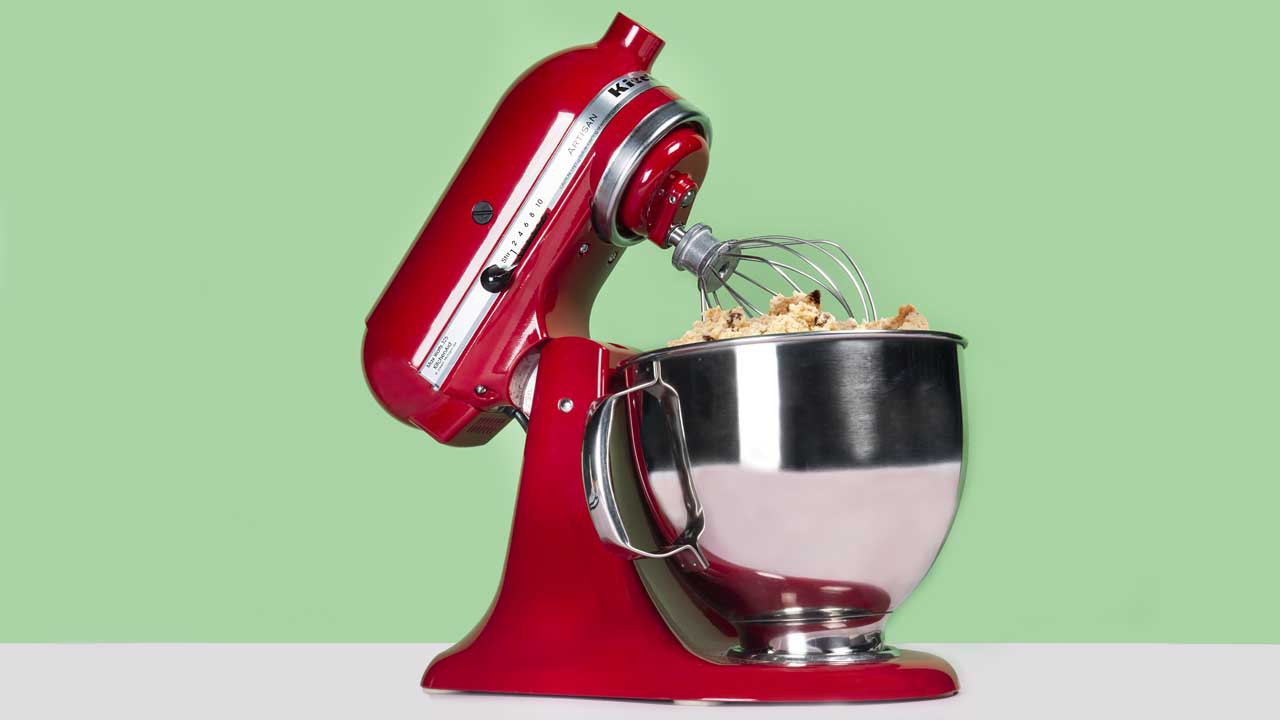Introduction: The Importance of Kitchen Safety
In the modern kitchen, appliances like the KitchenAid mixer are essential tools for home cooks and professional chefs alike. However, ensuring the safety of these appliances is paramount to prevent accidents and injuries. In this comprehensive guide, we’ll delve into the safety of KitchenAid mixer components, exploring their construction, materials, and usage to help you use your mixer with confidence and peace of mind.
Understanding the Construction: Quality Materials for Durability
KitchenAid mixers are known for their robust construction and durability, thanks to the use of high-quality materials in their manufacturing. The key components of a KitchenAid mixer, including the housing, mixing bowl, attachments, and internal mechanisms, are typically made from materials such as stainless steel, aluminum, and durable plastics. These materials are chosen for their strength, resistance to corrosion, and ease of cleaning, ensuring that your mixer can withstand the rigors of everyday use without compromising safety or performance.
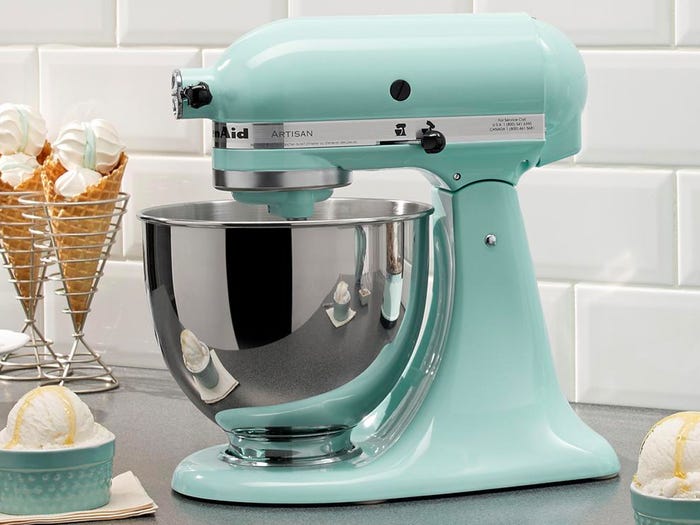
Examining the Mixing Bowl: Safe and Stable Design
The mixing bowl is a critical component of the KitchenAid mixer, providing a stable base for mixing ingredients and preventing spills or accidents. KitchenAid mixing bowls are typically made from stainless steel or glass, both of which are safe and durable materials for food preparation. Stainless steel bowls are lightweight, scratch-resistant, and dishwasher safe, making them a popular choice among home cooks. Glass bowls offer the advantage of being non-reactive and allowing you to monitor the mixing process easily. Whichever type of mixing bowl you choose, ensure that it fits securely onto the mixer base and is free from cracks or defects that could compromise safety.
Assessing the Attachments: Versatile and Functional Accessories
KitchenAid mixers come with a variety of attachments and accessories designed to perform a range of tasks, from mixing dough and batter to whipping cream and grinding meat. These attachments are carefully engineered for safety and functionality, with features such as locking mechanisms, safety guards, and easy-to-grip handles to prevent accidents and injuries. When using attachments such as the dough hook, paddle attachment, or wire whip, ensure that they are properly installed and securely fastened to the mixer head to prevent them from dislodging during use.
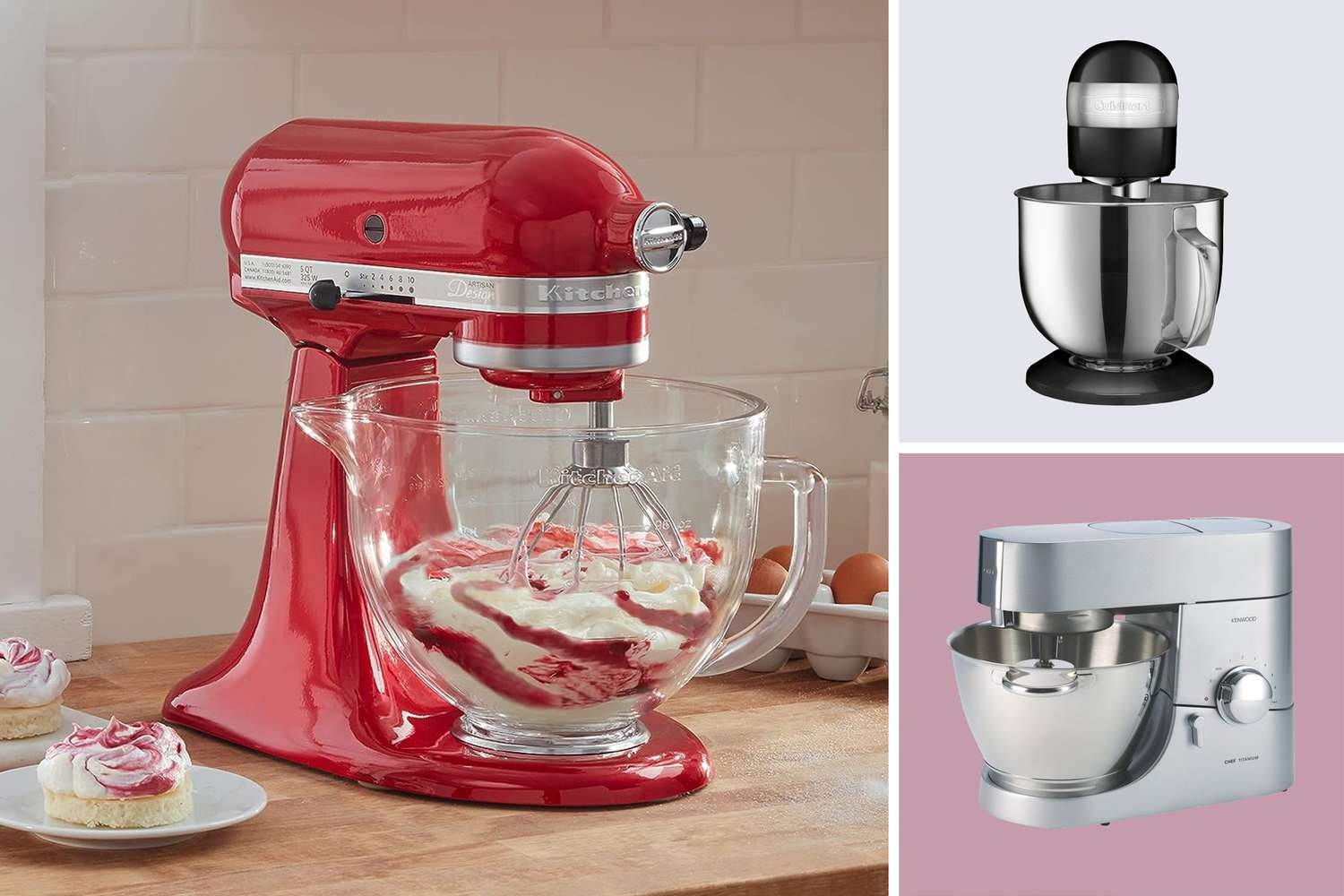
Examining the Motor: Powerful and Reliable Performance
The motor is the heart of the KitchenAid mixer, providing the power and torque needed to mix, knead, and whip ingredients with ease. KitchenAid mixers are equipped with powerful yet quiet motors that are designed to deliver consistent and reliable performance, even when handling heavy or dense doughs. The motors are engineered for safety, with features such as overload protection to prevent overheating and automatic shut-off mechanisms in case of malfunction. Additionally, KitchenAid mixers typically have variable speed settings that allow you to adjust the mixing speed to suit the task at hand, providing greater control and precision in your cooking and baking.
Ensuring Proper Usage: Tips for Safe Operation
While KitchenAid mixers are designed with safety in mind, it’s essential to follow proper usage guidelines to prevent accidents and injuries. Always read the manufacturer’s instructions and safety precautions before using your mixer, paying particular attention to recommended operating procedures, maintenance requirements, and cleaning instructions. When using the mixer, ensure that it is placed on a stable and level surface to prevent tipping or wobbling during operation. Avoid overloading the mixer with ingredients beyond its capacity, as this can strain the motor and increase the risk of damage or malfunction. Finally, never attempt to disassemble or repair the mixer yourself, as this can void the warranty and compromise safety.
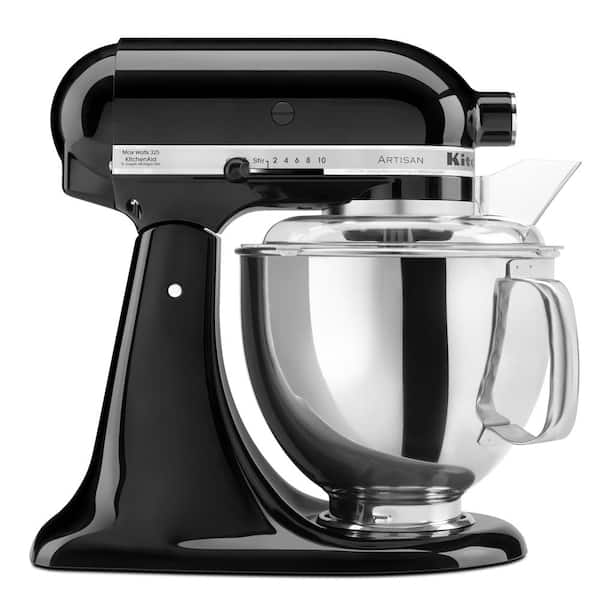
Maintaining Your Mixer: Care and Cleaning for Longevity
Proper maintenance and cleaning are essential for ensuring the longevity and safety of your KitchenAid mixer. After each use, thoroughly clean the mixing bowl, attachments, and mixer head with warm, soapy water and a soft cloth to remove any food residue or debris. Avoid using abrasive cleaners or scrubbers that could scratch or damage the surfaces of the mixer. Periodically inspect the mixer for signs of wear or damage, such as frayed cords, loose screws, or worn attachments, and address any issues promptly to prevent further damage or safety hazards. By following a regular maintenance routine, you can keep your KitchenAid mixer in optimal condition and enjoy safe and reliable performance for years to come.
Safe Storage and Handling: Preventing Accidents When Not in Use
When your KitchenAid mixer is not in use, proper storage is crucial to prevent accidents and damage. Store the mixer in a cool, dry place away from direct sunlight and moisture to prevent rust and corrosion. Keep the mixer’s cord neatly coiled and away from sharp objects or heavy items that could cause it to become tangled or damaged. If you need to transport the mixer, use the provided storage case or cover to protect it from bumps and scratches. Additionally, always unplug the mixer from the power source when not in use to prevent accidental activation and potential hazards.
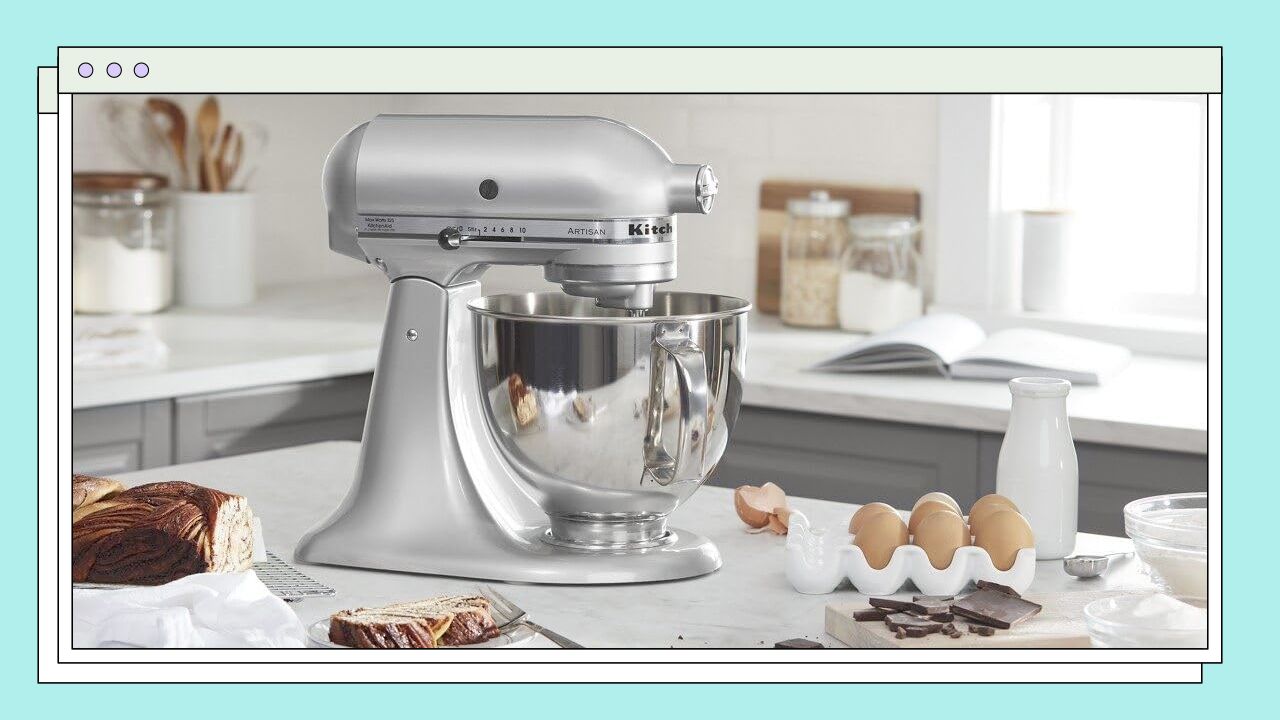
Regular Inspections: Identifying and Addressing Potential Issues
Regular inspections of your KitchenAid mixer are essential for identifying and addressing potential safety issues before they escalate. Periodically check the mixer’s power cord for any signs of wear, fraying, or damage, and replace it immediately if necessary to prevent electrical hazards. Inspect the mixer’s attachments, including the dough hook, paddle attachment, and wire whip, for signs of wear or damage, such as bent or broken parts, and replace them as needed to ensure safe and efficient operation. Additionally, inspect the mixer’s housing and internal components for any loose screws, cracks, or other defects that could compromise safety, and address any issues promptly to prevent further damage or malfunction.
Educating Others: Sharing Safety Tips with Family and Friends
Finally, don’t forget to educate others in your household or kitchen about the safe use and handling of the KitchenAid mixer. Share safety tips and guidelines with family members, roommates, or anyone else who may use the appliance to ensure that everyone is aware of proper operating procedures and precautions. Teach children about the dangers of operating kitchen appliances and supervise them closely when they are near the mixer to prevent accidents and injuries. By promoting a culture of safety and responsibility in your kitchen, you can minimize the risk of accidents and ensure that everyone can enjoy using the KitchenAid mixer safely and confidently.
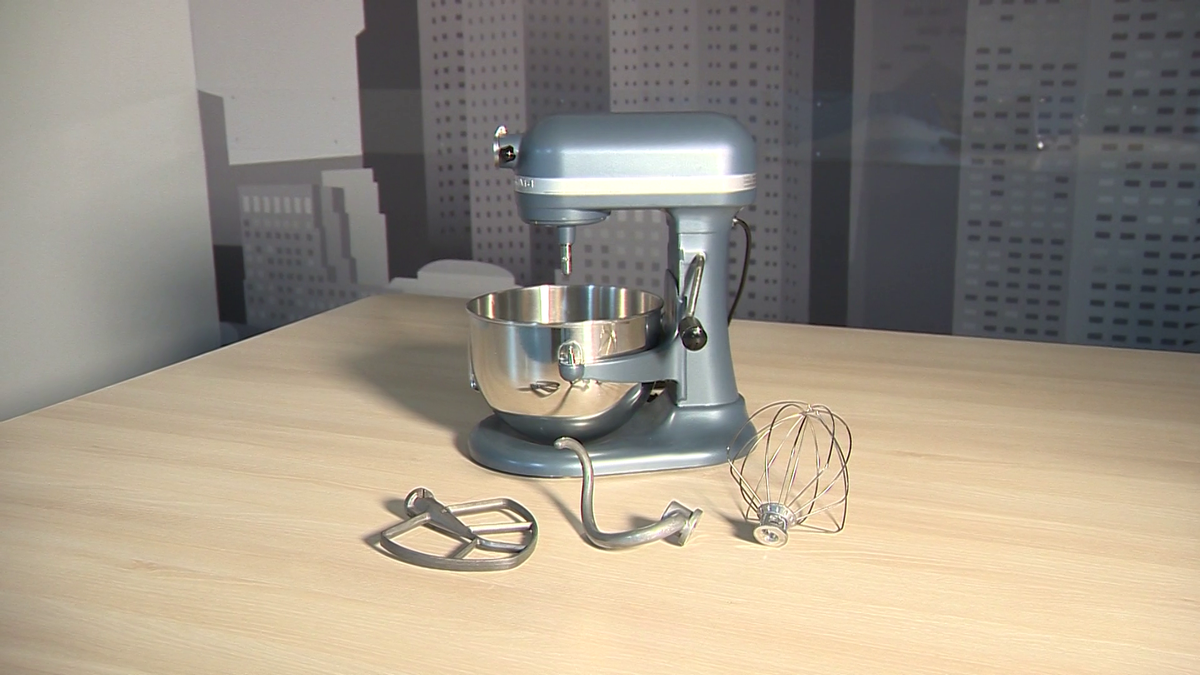
Conclusion: Using Your KitchenAid Mixer with Confidence
In conclusion, the safety of KitchenAid mixer components is of paramount importance for ensuring a positive cooking and baking experience. By understanding the construction, materials, and usage of your mixer, you can use it with confidence and peace of mind, knowing that it has been designed and engineered with safety in mind. Follow proper usage guidelines, maintain your mixer regularly, and exercise caution when operating the appliance to prevent accidents and injuries. With proper care and attention, your KitchenAid mixer will continue to be a valuable tool in your kitchen for years to come, helping you create delicious meals and treats with ease and efficiency.
